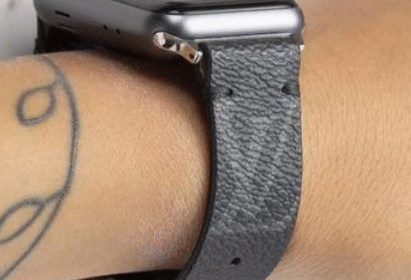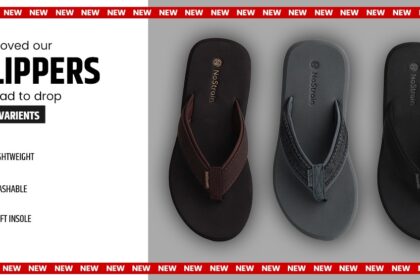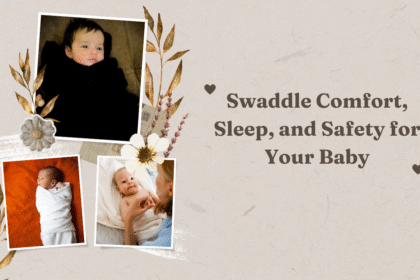I remember the first time I held one. A loose diamond—just sitting there on that little black velvet tray, no ring, no setting, nothing fancy. Just stone.
It looked small. Too small, honestly. Until the light hit it. And then—well, I stopped breathing for a second.
That’s the thing about Certified Loose Diamonds. They look simple, but there’s a world inside them. Fire, symmetry, history. And a whole lot of fake ones, too.
So, yeah. If you’re thinking of buying one—slow down. Let’s talk about how to know if it’s real.
-
Start with the Paper—Not the Sparkle
Everyone goes straight for the sparkle.
Big mistake.
Before you even look at the diamond, ask for its Diamond Certification. It’s like the birth certificate of the stone—it tells you everything about its cut, color, clarity, and carat. But more importantly, it proves your Certified Loose Diamonds are legit.
Look for a report number. Always. The big ones come from labs like GIA Certified Diamonds and AGS Certified Diamonds. If the jeweler hesitates, or worse, says, “We don’t have that right now,” just… walk away.
You can check the number online—right on the lab’s website. (I once did it on my phone while the jeweler watched. Awkward silence. Worth it.)
-
Know Your Labs—They’re Not All Equal
Not all certifications carry the same weight.
Here’s the truth: some labs are strict, others are, well… generous.
GIA Certified Diamonds—the Gemological Institute of America—they’re the global gold standard. If GIA says it’s VS1 clarity, you can take that to the bank. Literally.
AGS Certified Diamonds, from the American Gem Society, are also top-tier—especially for cut quality. They’re the perfectionists. Their grading system goes deep, measuring light performance and symmetry.
If someone tries to sell you a “store-certified” diamond? Red flag. That’s like grading your own exam.
-
Inspect the Laser Inscription
Tiny. Barely visible. But it’s there—etched right into the girdle of most certified loose diamonds. You’ll need a jeweler’s loupe or magnifier to see it, but that microscopic number should match the one on the certificate.
Sometimes you’ll feel ridiculous squinting at a dot on a rock. But trust me, that number matters. It’s your link between the paper and the diamond.
I once found a mismatch on a “great deal” diamond at a pop-up store in Chicago. The clerk shrugged. I didn’t. I left.
-
Watch for Too-Good-To-Be-True Deals
You know this already, but it’s worth repeating. Diamonds aren’t sneakers—you don’t find 70% off sales unless something’s off.
If it’s Certified Loose Diamonds for half the usual price? It’s probably not the same grade they’re advertising.
Also, don’t let big words fool you. I’ve seen sellers throw around “GIA-style” or “GIA quality.” Nope. Only GIA-certified diamonds are graded by GIA. Everyone else? Just marketing smoke.
And when you’re comparing prices, make sure you’re comparing apples to apples. Two stones may both be “1 carat,” but if one has a poor cut, it’ll sparkle less—and cost less, too.
-
Ask About Origin—Especially with Lab-Grown Diamonds
Now here’s where things get interesting.
Lab-Grown Diamonds are everywhere in 2025. And honestly, they’re incredible. Real carbon structure, real sparkle—just grown differently. Ethically, too.
But don’t skip certification here either. Even lab diamonds need official grading. The best ones come with reports from GIA, IGI, or HRD. If it’s missing that, it’s just… a shiny piece of carbon with a story.
And yes, lab diamonds are cheaper—about 30–40% less sometimes—but that doesn’t mean you should skip quality checks. If you’re paying real money, you deserve real documentation.
Also, ask how it was grown (CVD or HPHT). Some people care; some don’t. But if you’re going to wear it forever, you might as well know its story.
-
Look at the Cut—It’s Everything
Forget the carat for a second. Size doesn’t matter (not really). The cut determines the sparkle. A badly cut diamond looks dull no matter how pure it is.
If you’re holding certified loose diamonds, tilt them under light. Move them around. See how the light bounces—the fire, the flashes, the depth.
A good cut feels alive. It almost breathes.
A bad one just sits there.
And yes, AGS-certified diamonds tend to be cut beautifully because AGS pays extra attention to that. So if sparkle’s your weakness—you know where to look.
-
Use Common Sense and Maybe a Bit of Paranoia
Here’s the honest truth: scammers are getting smarter. Fake certificates, lab-grown diamonds sold as natural, and even duplicate laser inscriptions. Wild.
So, do these:
- Always verify certificate numbers online.
- Buy only from reputable stores or known online retailers with return policies.
- If possible, get an independent appraisal before you buy.
Also, trust your gut. If something feels off—the salesperson too pushy, the story too vague, the price too low—it probably is off.
I once spent an hour in a shop where the guy kept saying, “This one’s GIA quality.” I asked for the report three times. Guess what? He “couldn’t find it.”
I left. You should too.
-
Don’t Be Afraid to Ask Dumb Questions
Seriously. Ask everything. Even the questions you think sound silly.
Like, “Why does this one sparkle more than that one?” or “What does ‘VVS2’ even mean?”
Good jewelers love explaining. It’s part of their craft. Bad ones get annoyed or dodge your questions. That’s your clue.
And if you’re ever confused by the Diamond Certification jargon—like “excellent polish” or “strong fluorescence”—just ask them to translate it. A diamond’s story shouldn’t sound like a science report.
-
When in Doubt, Sleep On It
Impulse is dangerous in jewelry stores. All that lighting, all that sales charm.
Take a picture. Take the certificate copy. Go home. Think. Research the serial number. Read reviews. Maybe even ask a gemologist friend (we all have one—or know someone who knows one).
If it’s real, it’ll still be there tomorrow.
Final Thoughts
Buying certified loose diamonds isn’t just about sparkle. It’s about trust. Documentation. Knowing that what you’re holding is exactly what you’re paying for—no surprises later.
Look for labs you can verify—GIA Certified Diamonds, AGS Certified Diamonds, and even Lab-Grown Diamonds with proper grading. Always ask for the report. Always check the number. And always, always listen to your instincts.




